‘Those responsible for custodial torture and death are rarely punished’
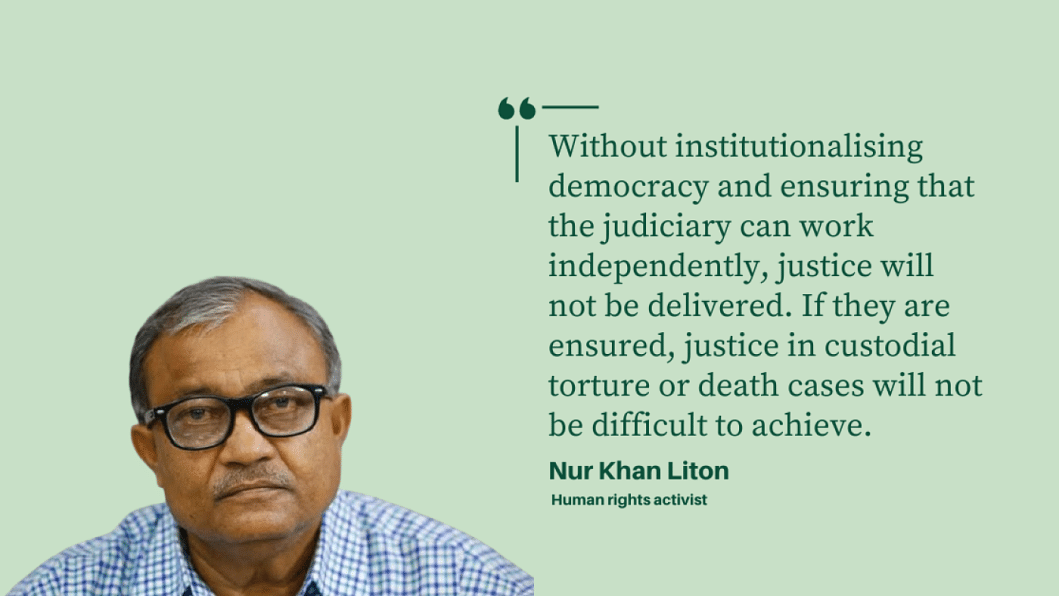
Nur Khan Liton, a human rights activist, discusses his experience of dealing with cases of custodial torture and deaths in an exclusive interview with Monorom Polok of The Daily Star.
Can you describe an instance from your experience where someone became a victim of torture or died in police custody?
We can talk about the case of Rubel. Rubel was a private university student who was arrested by the police, tortured, and murdered in custody. Police had tried to frame him with drugs, and during the torture, he died. This was clearly a case of custodial murder. When the incident became public, we started working on it.
Our methods of working at that time were different from how human rights activists work now. Nowadays, it's more organisation-centric or agency-centric. At that time, a few organisations used to coordinate and work together. We had strong coordination among ourselves. After Rubel's death, we saw his body, then tried to contact his family. They lived in Dhaka's Malibagh area, and his brother was quite cooperative in this regard.
Later, the Bangladesh Legal Aid and Services Trust (BLAST) provided legal assistance and a case was filed, with cooperation from Ain O Salish Kendra, Sommilito Samajik Andolon, and members of the bereaved family. When we were all convinced that Rubel had died due to custodial torture, we demanded a judicial commission. A one-member commission was formed, with Justice Habibur Rahman. Many of us, as human rights activists, gave testimonies and presented statements to the commission. The report that came out of it was one of the most detailed in recent times. It included actionable directives, which were later taken up by the High Court. We were deeply involved in the process.
This is one example. Another is our involvement in the case of Limon, the boy who lost his leg after being shot by the Rab. We worked on that case as well. This work was not done individually. All of it was done in an organised way, through the collaboration of multiple groups. That is how we were able to push these cases to a stage where justice became possible. And in Limon's case, we did see some progress towards justice. The case is still pending, awaiting its final ruling. There are many such cases.
In any of these cases, were there obstacles to taking legal action against the police?
Yes, we are working on many such incidents. For instance, we also worked on the case of Jonny, a Bihari youth from Mirpur. BLAST filed a case, and a judgment was given, which created an opportunity for justice, although the case has probably not been resolved yet.
In these types of cases, there are always various kinds of obstacles created by the police. We've had to overcome them using different strategies. Sometimes, the obstacles are direct. Other times, pressure is applied on the victim's family. Many families, unable to bear that pressure, end up making compromises—they give in silently.
In some cases, it becomes impossible to produce witnesses. Even if there are witnesses, they cannot be presented before the court for many reasons. First, no witness security exists in our country where witnesses can safely appear and testify in court. Second, the law enforcement official that is accused of torture is able to threaten the witness and victim in many ways. Sometimes the investigation report is flawed, sometimes there are major inconsistencies in the post-mortem report. All these issues weaken the case and prevent it from getting a proper conclusion.
These issues vary case by case. If we go through them individually, we can clearly see which obstacles were present in which case, what kind of weaknesses existed, and in which ones we succeeded or fell short—and why. So, broadly speaking, in cases of torture, death, or even serious injury in custody, those responsible are rarely punished.
Can you recall any legal, procedural or institutional changes that might offer redress in these cases?
We've been talking about these issues for a long time. The necessary areas of change have already been identified. There are certain weaknesses in the law. One key issue is the lack of a witness protection system. The issue of witness security needs to be addressed.
Also, when allegations are made against law enforcement agencies, there should be a proper system for investigating them. We have made recommendations in this regard as well. In cases of custodial death, for example, we have said that post-mortems should be recorded, meaning they should be conducted under active CCTV surveillance, with the footage preserved. We have made these recommendations at various times.
However, the most important issue is this: without a functioning democratic system in the country, there is no hope for justice in cases like these. Without institutionalising democracy and ensuring that the judiciary can work independently, justice will not be delivered. If they are ensured, justice in custodial torture or death cases will not be difficult to achieve.
We know that you have personally been a victim of police harassment. Did you try to take any legal action or seek compensation?
No, I never tried to file a case or take legal action. Back then, there was no institutional support or even knowledge about what could be done in such a situation. Today, people know what human rights are and what to do if someone is tortured in police custody. Now, human rights organisations step forward with help in such situations. But 20-30 years ago, or even just 15 years back, this wasn't the case. If you look at the 15-plus years of the previous regime in particular, you'll see that there has been disorder in every institution—from the judiciary to the police. All institutions were placed in a kind of partisan servitude. In that situation, getting justice was impossible.
In the few cases where justice was achieved, it required tremendous effort. But in Bangladesh, it is simply not possible to put in that level of effort in every single case. There are only a handful of human rights organisations, and the number of such incidents is overwhelming.
Often, victims of custodial torture do not have the mental strength or practical means to file a case themselves. In such situations, is public interest litigation (PIL) the most appropriate route?
Look, filing a PIL can result in a court issuing a ruling or drawing attention to the issue. It can bring matters to the public spotlight and attract the attention of the state. That's a valuable outcome. But the actual work of proving a specific incident and ensuring justice for that individual often remains unaddressed.
So yes, PILs have their role: to create awareness and bring light to these issues. But we must also remember that, whatever legal route we take, there must be a supportive environment in place.
Imagine this: someone is brought before the court after being tortured in custody. Their wounds are fresh, still bleeding. Yet, the magistrate doesn't even look. The judge doesn't even look. How will justice be possible in that setting?
And then, when the victim is presented to record a statement, where they are supposed to tell the truth, often the magistrate refuses to record it, and the person is sent back into police custody instead. This kind of tactics and wrongdoings must stop. To prevent this, democracy must be institutionalised. Transparency and accountability must be ensured in every sector. Without that, no reform or litigation—PIL or otherwise—will be enough.
Follow The Daily Star Opinion on Facebook for the latest opinions, commentaries and analyses by experts and professionals. To contribute your article or letter to The Daily Star Opinion, see our guidelines for submission.

 For all latest news, follow The Daily Star's Google News channel.
For all latest news, follow The Daily Star's Google News channel. 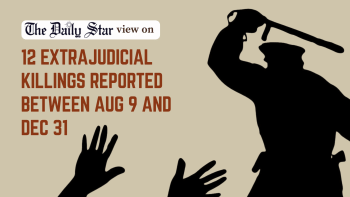
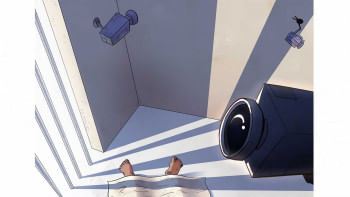

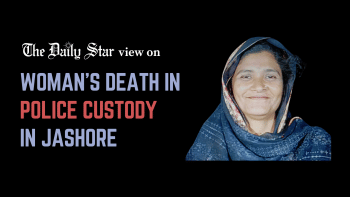




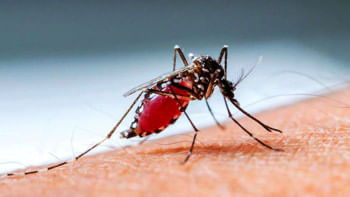
Comments